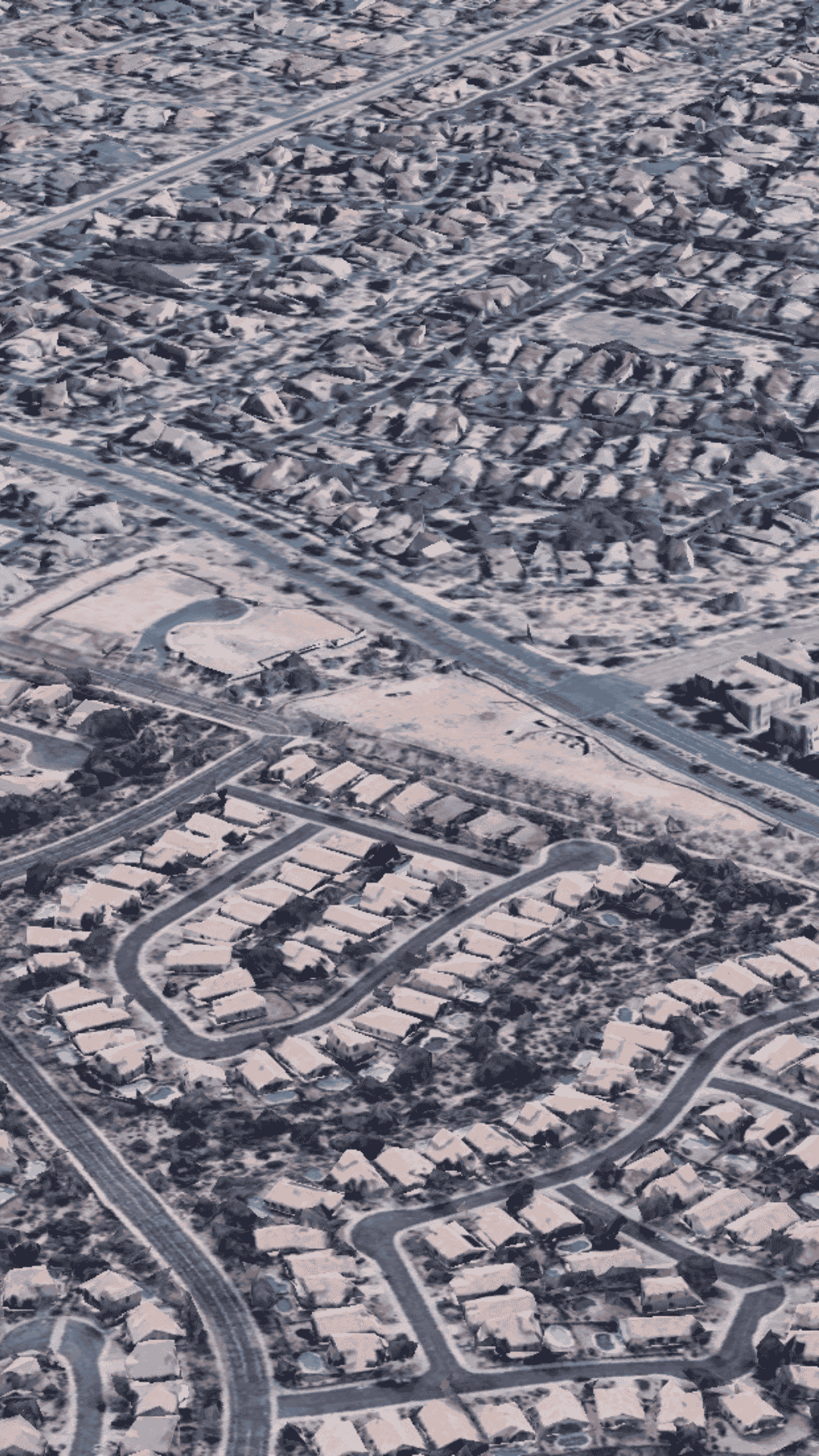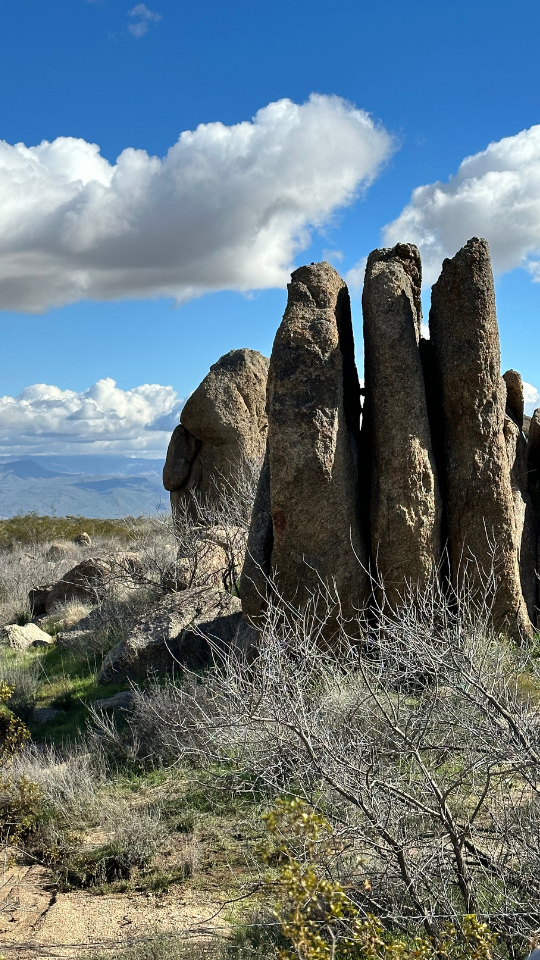The Open & Agile Smart Cities network unites 160+ cities across 30+ countries to share interoperable standards, known as Minimal Interoperability Mechanisms (MIMs). These create open markets for urban services and reduce vendor lock-in. Investors find resilience in markets with standards-based systems. Tax-friendly collaborations with EU and national governments enhance feasibility. Strong privacy alignment with EU frameworks ensures compliance. Value stability comes from scalable digital infrastructure built on open standards, supporting sustainable growth.

The County’s Long-Range Planning hub lists area plans, including Daisy Mountain/New River and Rio Verde Foothills, which guide land-use character outside incorporated cities. New River plan appendices document definitions and policy terms for rural-suburban transitions. In March 2025, Maricopa County published Framework 2040’s Vision Report to direct decisions on where housing and jobs locate on unincorporated lands over the next two decades. For wealth planning, awareness of county-level plan direction reduces entitlement uncertainty. Tax structures depend on annexation, special districts, and county services. Regulatory context spans subdivision statutes, area plans, and ADWR well rules for domestic supplies. Future value resiliency benefits from road, fire, and water planning. Smart-county themes include GIS mapping and online case tracking.
Scottsdale’s March 2025 Infrastructure Improvements Plan (Water & Wastewater) and Land Use Assumptions update proceeded to public hearing in February and Council consideration in April, per the city’s notice and Resolution 13370 exhibits. These updates under Arizona’s impact fee statutes help align growth with backbone utilities and cost recovery. For wealth planning, fee clarity informs underwriting on infill and redevelopment. Taxes are complemented by rate-funded enterprise systems. Regulatory transparency reduces timing risk. Value stability improves when utility capacity and funding align. Smart-city water planning includes reclaimed systems and demand management.
The strong ranking reflects robust ongoing industrial construction and leasing activity. The industrial sector is becoming a backbone of Phoenix’s commercial real estate, driven by e-commerce, supply chain re-shoring, and proximity to western corridors. For investment portfolios, industrial real estate offers lower vacancy volatility and stable lease cash flows. Municipal entities may prioritize infrastructure (roads, power, broadband) servicing industrial clusters. From zoning/regulation angles, industrial corridors may see new overlays or incentives. In resilience terms, industrial capacity tends to be less cyclical than residential or retail.
While Phoenix was ranked the #1 industrial market in Q1 2025 (67.5 score) supported by strong demand and construction activity, its office sector is under pressure as occupancy and leasing lag under hybrid work and tenant caution. The contrast underscores bifurcation: logistics, warehousing, last-mile functions are thriving, while traditional offices are realigning to flexible formats. For real estate allocations, diversified industrial exposure gives ballast, while office repositioning may be necessary. On taxation, underutilized office buildings may trigger reassessment or incentive programs. Regulators and planning departments may ease repurposing rules to convert offices to residential or mixed use. Value resilience tilts toward industrial, mixed, or adaptive-use assets. In smart-city planning, enabling conversions to residential/innovation spaces may recapture obsolescent office corridors.
Notable transactions include a 322,070-sf Southwest Valley asset sold for ~$48.83M in December 2024 and a separate Tolleson industrial acquisition for $36.05M in May 2025, underscoring sustained investor appetite; council agendas through mid-2025 reflect standard governance on claims, bills, and road projects as the city manages growth near I-10/Loop corridors. Wealth strategies can position around infill logistics nodes. Tax receipts benefit from stable single-tenant leases. Regulatory cadence remains steady via council approvals. Values in core logistics lanes are underpinned by tenant credit and access. Smart-logistics features include trailer parking and secure truck courts.
In Q1 2025, Phoenix posted the top score among U.S. industrial real estate markets with 67.5 points — driven by ongoing construction volume, leasing demand, and favorable fundamentals. The region benefits from intermodal connectivity, access to key highways, and relative land availability. For institutional investors, such industrial strength diversifies real estate exposure beyond residential. On taxation, growth in industrial valuation supports local tax bases and infrastructure funding. Regulatory attention is focused on improving permitting for warehouse/distribution facilities. In terms of value stability, industrial real estate often exhibits less cyclic volatility than residential. In smart-city layering, last-mile logistics, electrified fleets, and automated warehousing may further boost premium rents.
Among them is a project of ~1,300 units (Optima McDowell Mountain) with extensive retail and open space, a live-work district tied to Axon’s HQ, a multi-building “Parque” project combining hotel, retail, and residences, and expansions in office / innovation campuses. These projects reflect confidence in Scottsdale’s premium positioning. For high-net-worth allocations, these may offer differentiated yield profiles. Zoning and approvals remain key risk levers. Such densified, compact projects align with smart city and sustainable growth priorities.



 Arizona Cardinals’ $136 Million “Headquarters Alley” Project: How a 217-Acre Deal Will Redefine North Phoenix by 2028
Arizona Cardinals’ $136 Million “Headquarters Alley” Project: How a 217-Acre Deal Will Redefine North Phoenix by 2028 Public Safety as an Asset Class: The New Scottsdale AdvantageIn today’s Smart City economy, safety isn’t simply about peace of mind—it’s becoming a measurable, marketable asset class. Scottsdale is proving that public safety can be engineered into the fabric of
Public Safety as an Asset Class: The New Scottsdale AdvantageIn today’s Smart City economy, safety isn’t simply about peace of mind—it’s becoming a measurable, marketable asset class. Scottsdale is proving that public safety can be engineered into the fabric of
 Why 9100 Legacy in DC Ranch Could Be Scottsdale’s Next Commercial JewelIn the heart of North Scottsdale, the parcel at 9100 Legacy Boulevard is emerging as a strategic commercial infill opportunity within the DC Ranch master-planned community. Once an underutilized
Why 9100 Legacy in DC Ranch Could Be Scottsdale’s Next Commercial JewelIn the heart of North Scottsdale, the parcel at 9100 Legacy Boulevard is emerging as a strategic commercial infill opportunity within the DC Ranch master-planned community. Once an underutilized  Seven Arizona Cities Shine in WalletHub’s “Best Places to Drive” RankingsArizona has quietly become a standout when it comes to driver-friendliness, according to the latest WalletHub study comparing the 100 largest U.S. cities. Among that list, seven Arizona municipalities
Seven Arizona Cities Shine in WalletHub’s “Best Places to Drive” RankingsArizona has quietly become a standout when it comes to driver-friendliness, according to the latest WalletHub study comparing the 100 largest U.S. cities. Among that list, seven Arizona municipalities Banner Health’s $400 Million Comeback: How North Scottsdale’s New Hospital Could Redefine Arizona’s Medical CorridorWhen a city’s skyline begins to change, it’s rarely just about architecture—it’s about ambition, identity, and the human stories that will fill those new walls. North Scottsdale is once again standing
Banner Health’s $400 Million Comeback: How North Scottsdale’s New Hospital Could Redefine Arizona’s Medical CorridorWhen a city’s skyline begins to change, it’s rarely just about architecture—it’s about ambition, identity, and the human stories that will fill those new walls. North Scottsdale is once again standingNice to meet you! I’m Katrina Golikova, and I believe you landed here for a reason.
I help my clients to reach their real estate goals through thriving creative solutions and love to share my knowledge.

